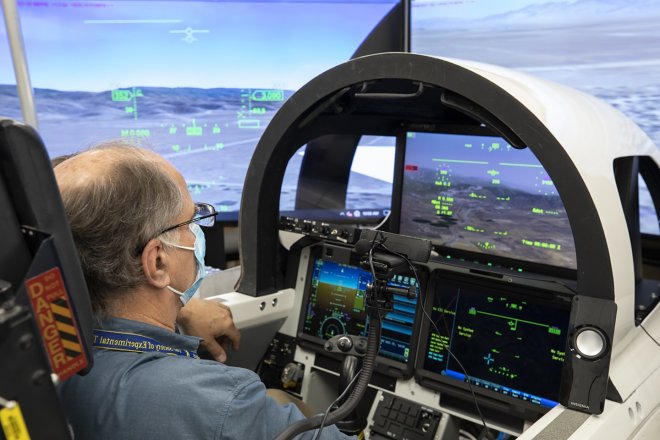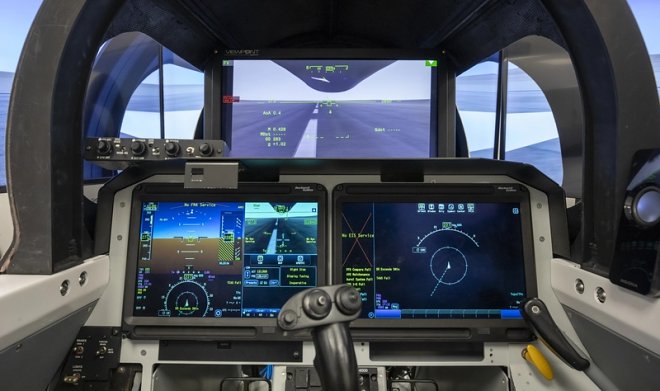NASA tests digital screen that will replace glass in the cockpits of the latest superzuk aircraft
NASA tests digital screen that will replace glass in the cockpits of the latest superzuk aircraft
Specialists at NASA’s Langley Research Center in Langley, Virginia, have completed tests of the XVS (eXternal Vision System) external vision system with a 4K video screen that will replace the front cockpit glass of an experimental supersonic aircraft built using so-called “silent supersonic technology” – X-59 QueSST.
If you remember the first supersonic passenger planes, the problem of improved visibility during landing and takeoff was solved by partially lowering their nose.
The developers of the X-59 went further. For its elongated nose, the former method is not suitable, and it was decided to replace it with a video screen and an additional display, providing a full forward view during takeoff and approach.

In the course of flight tests, NASA specialists installed on the twin-engine turboprop Beechcraft King Air UC-12B a camera, the XVS system on a special platform, where there were computer processors, network equipment, elements for video and power transmission. The crew consisted of two pilots, with one pilot driving the aircraft visually and the other looking at the XVS screen.
As a result of a series of test flights engineers made a parallel comparison of the actions of both pilots, measuring the time required for each of them to press a certain button at the moment of target detection.
Experts tested the platform for resistance to vibration and made sure it wouldn’t fail in flight on the X-59, and gathered the necessary information to adjust the design when it was installed on the experimental aircraft.
